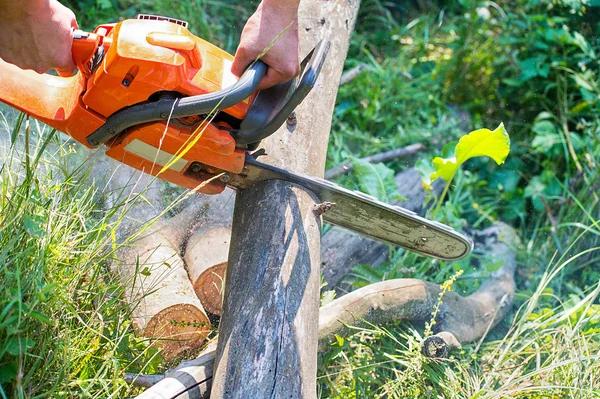Installing Electric Fencing: Cost, Materials, and Best Practices
Installing electric fencing is an effective way to secure property, contain livestock, or protect gardens from wildlife. Understanding the costs, materials involved, and best practices can help ensure a successful installation that meets your needs efficiently. The cost of installing an electric fence varies depending on factors such as the size of the area to be fenced, the type of terrain, and the quality of materials used. On average, basic systems for small perimeters may start around $1 to $3 per foot, while more robust setups for larger areas with advanced features can increase expenses significantly. Labor costs should also be considered if professional installation is preferred.
The essential materials required for an electric fence include energizers (also called chargers), wires or tapes that carry electricity, insulators to prevent current leakage through posts or other structures, grounding rods to complete the electrical circuit safely, and sturdy fence posts made from wood or metal. Energizers come in various power ratings suited for different applications; low-powered units are suitable for small gardens or pet containment whereas high-powered models are necessary for large farms or predator control. Choosing appropriate wire types depends on intended use-steel wire is durable and commonly used in agricultural settings while read further polywire or polytape offers visibility and flexibility but may wear out faster.
Proper installation begins with planning the layout carefully by marking boundary lines clearly before placing posts at regular intervals typically between 8 to 12 feet apart depending on terrain stability and desired strength. Posts must be firmly embedded into soil using manual tools or mechanized equipment when available. Insulators should be attached securely without damaging them since their role is critical in maintaining electrical isolation between live wires and grounded components like wooden posts.
Connecting energizers requires attention to correct polarity; positive terminals attach to live wires while negative terminals connect with grounding rods driven deep into moist earth ensuring efficient current flow back through ground path during operation. Testing voltage periodically with a specialized meter helps verify system functionality after setup as well as during routine maintenance checks.
Safety precautions are paramount when dealing with electric fences because improper handling can cause injury or damage electronics nearby. Always switch off power before making adjustments and install warning signs where visible access occurs frequently.
In summary, installing an electric fence involves careful budgeting based on scale and material choice alongside meticulous construction steps including post placement, wiring techniques, grounding methods, and safety measures which together guarantee reliable performance tailored specifically toward security goals whether residential or agricultural in nature.

